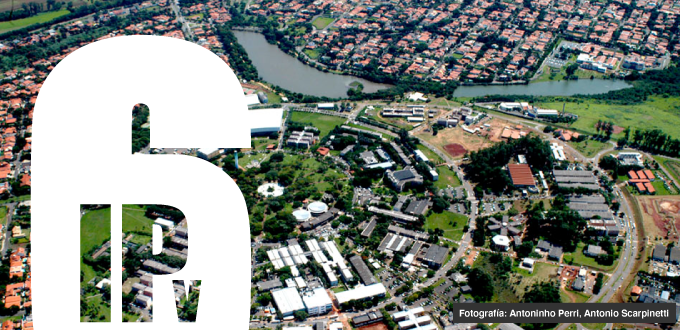IPv6 Adoption at Campinas State University: A Matter of Survival in a Connected World
24/02/2022

Fuente: https://www.unicamp.br/unicamp/
By Henri Alves de Godoy, Computer Network Analyst | Professor Ph.D
Founded in 1966 in the city of Campinas, state of São Paulo, Campinas State University (UNICAMP) is one of the most important public universities in Latin America. The fiber optic backbone covering the campus is used daily by around 60,000 people, including students, faculty, staff, and visitors. Every day, more than 20,000 devices connect to this network on campus, as well as 30,000 mobile devices property of users and visitors.
In light of the global shortage of IPv4 addresses, connecting this number of devices to the Internet and supporting the growth of the campus required transitioning to the IPv6 protocol.

This project and IPv6 implementation would not have been possible without the commitment and training of information technology professionals and their participation in workshops, courses, events, and webinars. Dealing with a “new” protocol was a major challenge that increased theoretical and practical knowledge and contributed to the growth of the campus, offering an innovative IT environment to support teaching, research, and extension activities.
In 2019, the year prior to the COVID-19 pandemic, IPv6 deployment at the University had reached almost 35% (World IPv6 Launch Measurements). Since then, even with the changes in Internet access brought about by the pandemic, the data network has been widely utilized by external users to access the services offered by the University. This made us realize that IPv6 adoption had become essential and, consequently, we consolidated our deployment. Another aspect worth noting is the important role played by Internet service providers (ISPs) and telecommunications operators in making the IPv6 protocol available to their end users so that students and teachers can have a better user experience —higher speeds and improved quality— when accessing the services offered by the University.
We worked hard on upgrading and replacing our routers, as the lack of memory was preventing the growth of the routing table, thus causing instability in Internet access. We had to fix and upgrade legacy systems, especially those with hard coded IPv4 addresses (literal IP), as these compromise operations in an IPv6-only scenario. In many databases we had to increase the size of the IP field to accommodate IPv6 addresses.

We began to adopt VoIP using IPv6-only, which simplified the management of telephone lines across the campus. Our Wi-Fi network operates in dual-stack mode and uses the 464XLAT (Jool) engine to serve legacy devices.
Likewise, we managed to raise awareness among the professional ICT community regarding the need to encourage IPv6 adoption, both in software development as well as in the implementation of new services and infrastructure.
For the University, much more than a technical issue, the adoption of the IPv6 protocol has become a matter of survival in a connected world, one might even say a strategic issue that seeks to reduce future costs in a scenario of late IPv6 deployment. As a result, the University has assumed a leading role in the diversity of IPv6-compatible services it currently offers and has certainly achieved its goals of promoting quality research and education so that the entire university community can have a better user experience in Internet access and connect securely to the innovative services provided by the University.
The views expressed by the authors of this blog are their own and do not necessarily reflect the views of LACNIC.